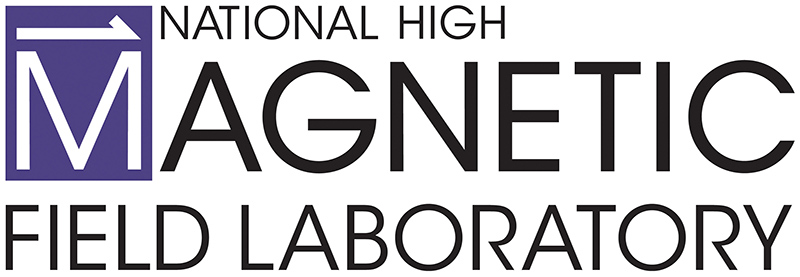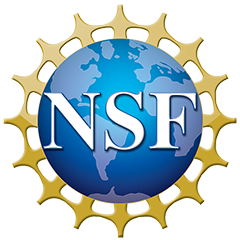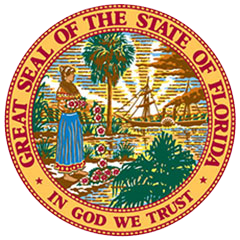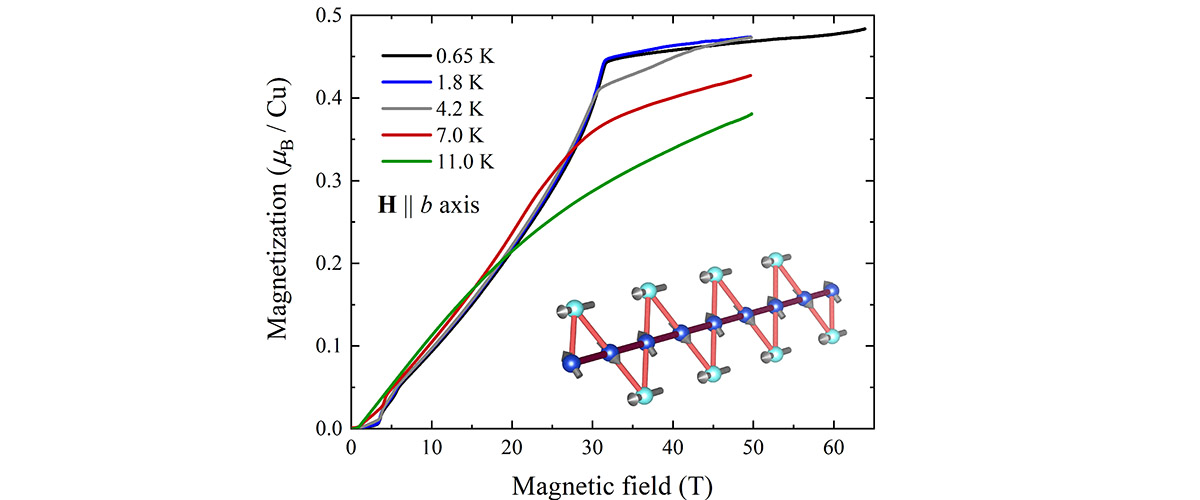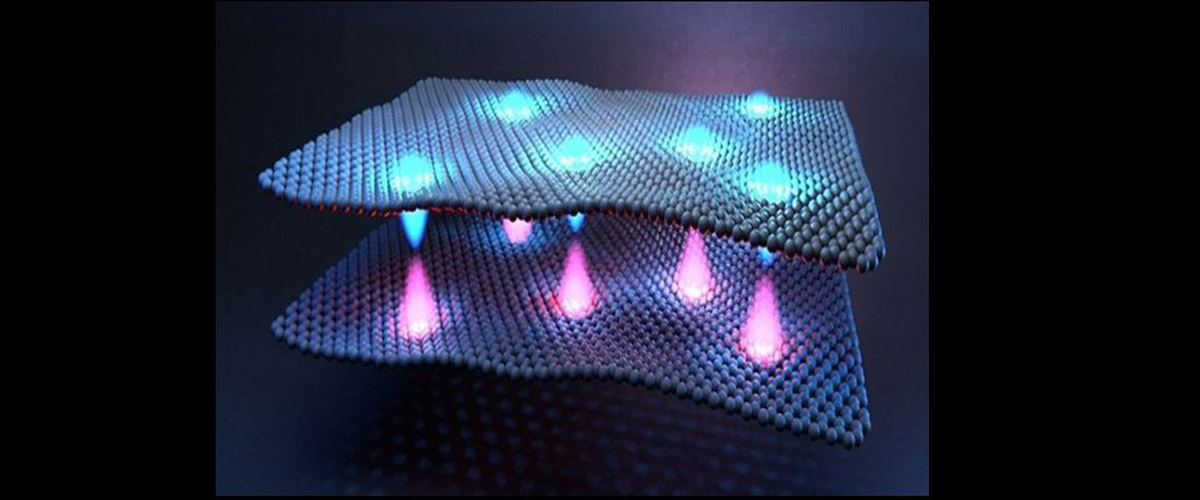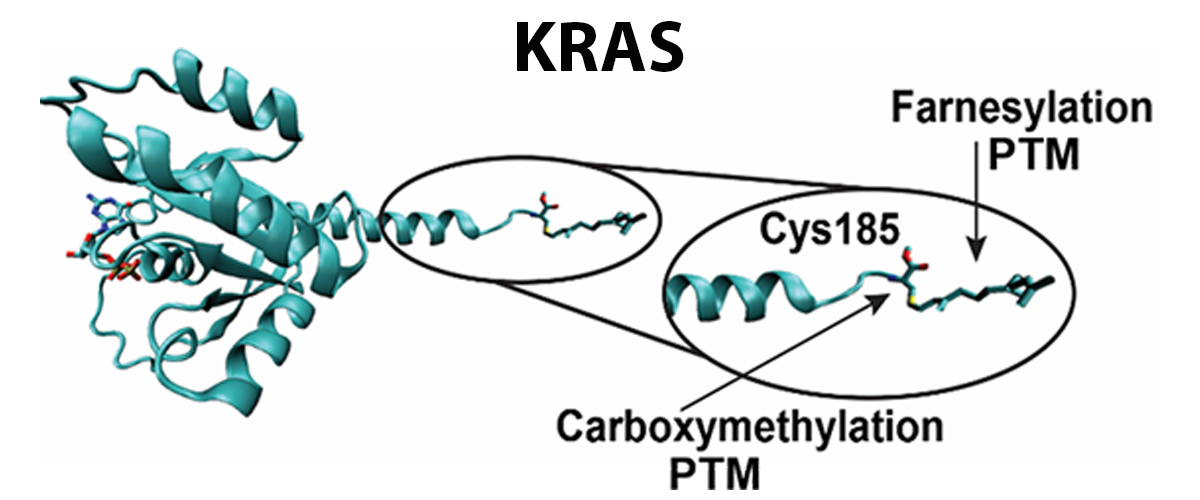What is the finding
Magnetization measurements show that a special material called YCOB may be a quantum spin liquid—a rare and fascinating state of matter. In YCOB, copper atoms are arranged in a pattern similar to traditional Japanese basket weaving (called "kagome"). Normally, the magnetic parts of these atoms (spins) would align opposite each other, but the triangle pattern makes that impossible. Instead, the spins constantly shift around, similar to how water molecules move in liquid. In this state, the electron seems to split into two parts: one carrying its magnetism (called a spinon) and the other carrying its electric charge (a holon). These experiments show clear signs that spinons are present.
Why is this important?
Scientists have been searching for quantum spin liquids for decades; YCOB appears to be the first strong candidate. The splitting of electrons into holons and spinons (spin-charge separation) is also a rare and sought-after phenomenon, with possible applications in future quantum devices.
Who did the research?
G. Zheng1, Y. Zhu1, K. Chen1, B. Kang2, D. Zhang1, K. Jenkins1, A. Chan1, Z. Zeng3,4, A. Xu3,4, O. Valenzuela5, J. Blawat5, J. Singleton5, S. Li3,4,6, P. Lee2 & Lu Li1
1Department of Physics, University of Michigan; 2Department of Physics, MIT; 3Beijing National Laboratory for Condensed Matter Physics; 4Physical Sciences, University of CAS; 5National MagLab, Los Alamos; 6Songshan Lake Materials Laboratory
Why did they need the MagLab?
These discoveries were only possible using the extremely powerful magnets available at the MagLab. To prove that YCOB is a quantum spin liquid, scientists looked at how its magnetization behaved in strong magnetic fields—up to 75 tesla, the highest in the U.S. They saw flat areas in the data, a sign of the quantum spin liquid state. They also used a technique called torque magnetometry, which measures how the crystals twist in the magnetic field. Small “wiggles” in this twisting showed up at specific field strengths, angles, and temperatures—clear evidence of spinons. These measurements required a special tool built through a partnership between the MagLab and industry.
Details for scientists
- View or download the expert-level Science Highlight, Magnetic oscillations due to spinons in a quantum spin liquid hosted by a Kagome lattice
- Read the full-length publication, Unconventional magnetic oscillations in a kagome Mott insulator, in Proc. National Academy of Sciences (PNAS)
Funding
This research was funded by the following grants:USA: NSF DMR-2128556; DOE BES; Gordon & Betty Moore Fdn; China: 2022YFA1403400, 2021YFA1400401, GJTD-2020-01, XDB33000000
For more information, contact Neil Harrison.
